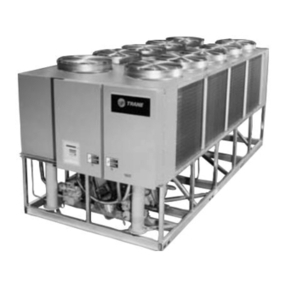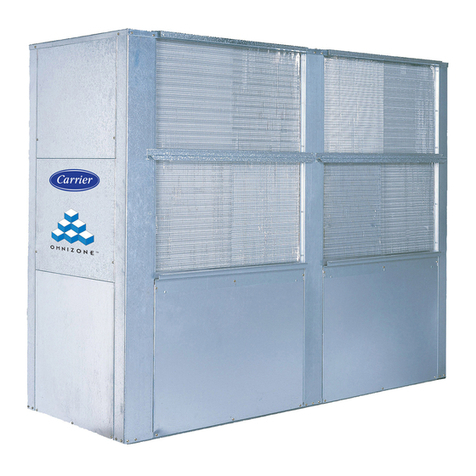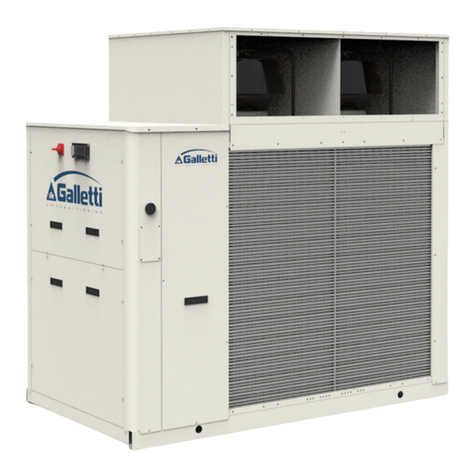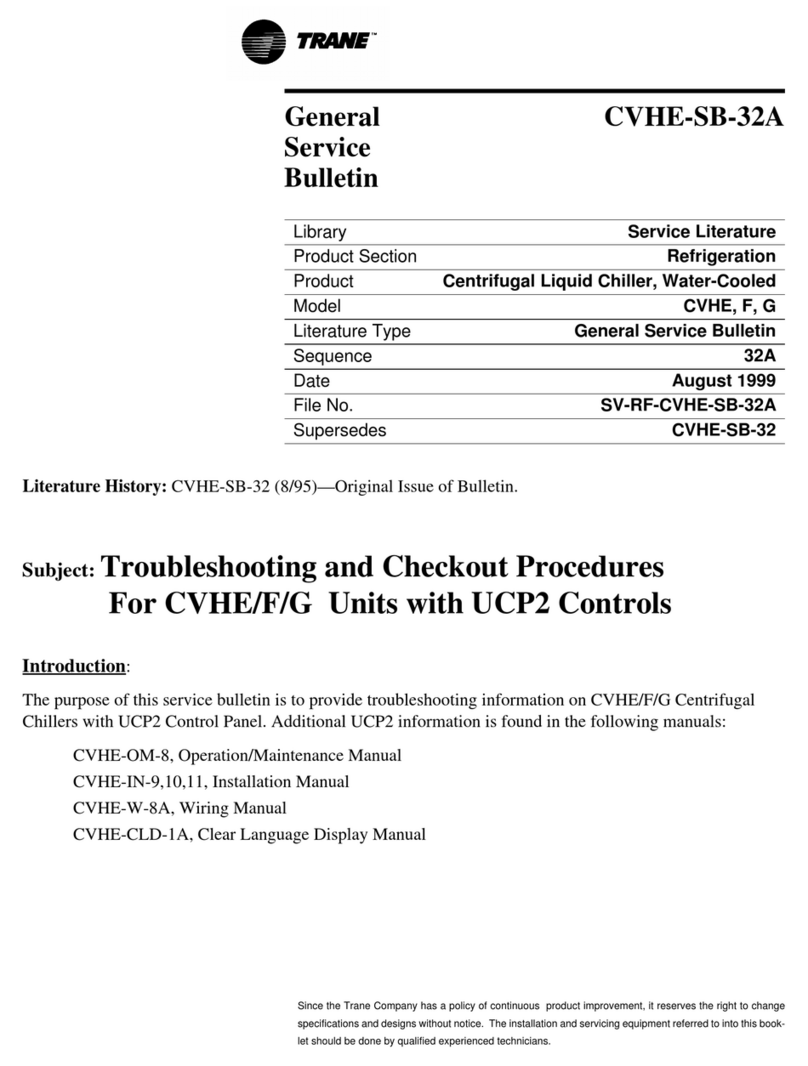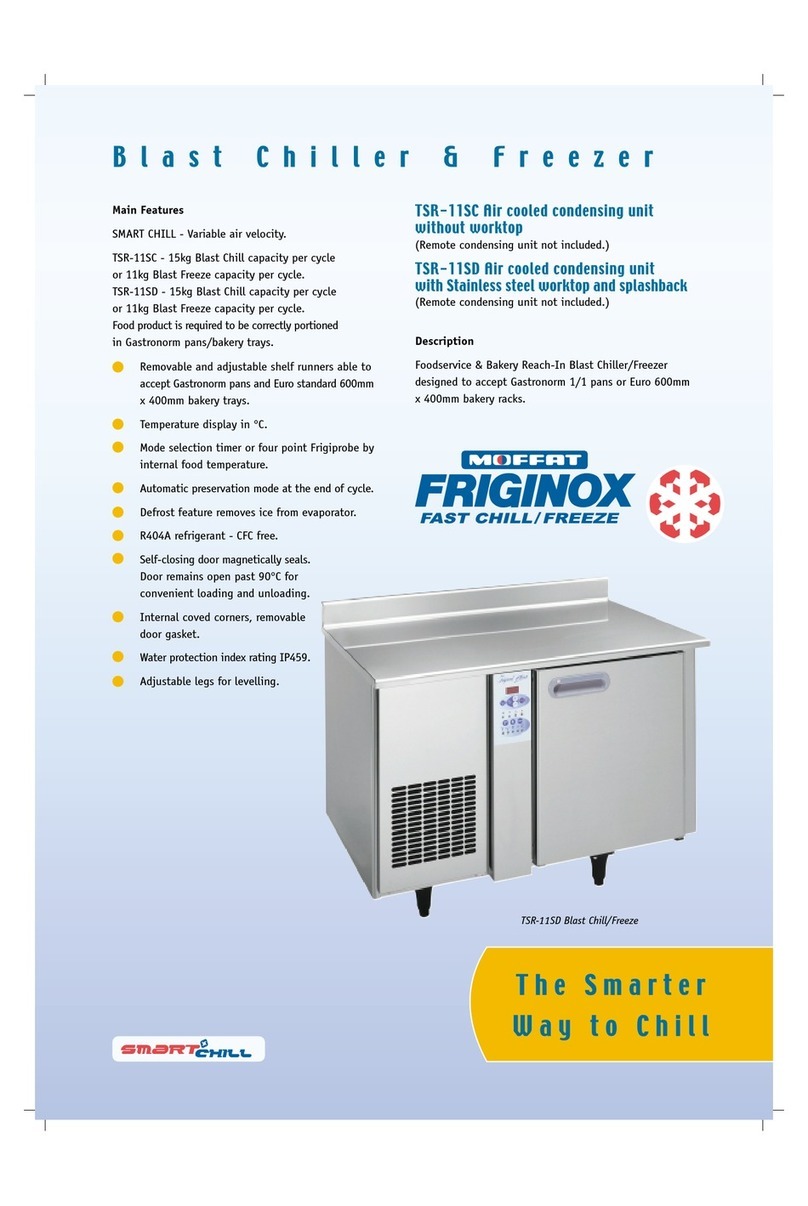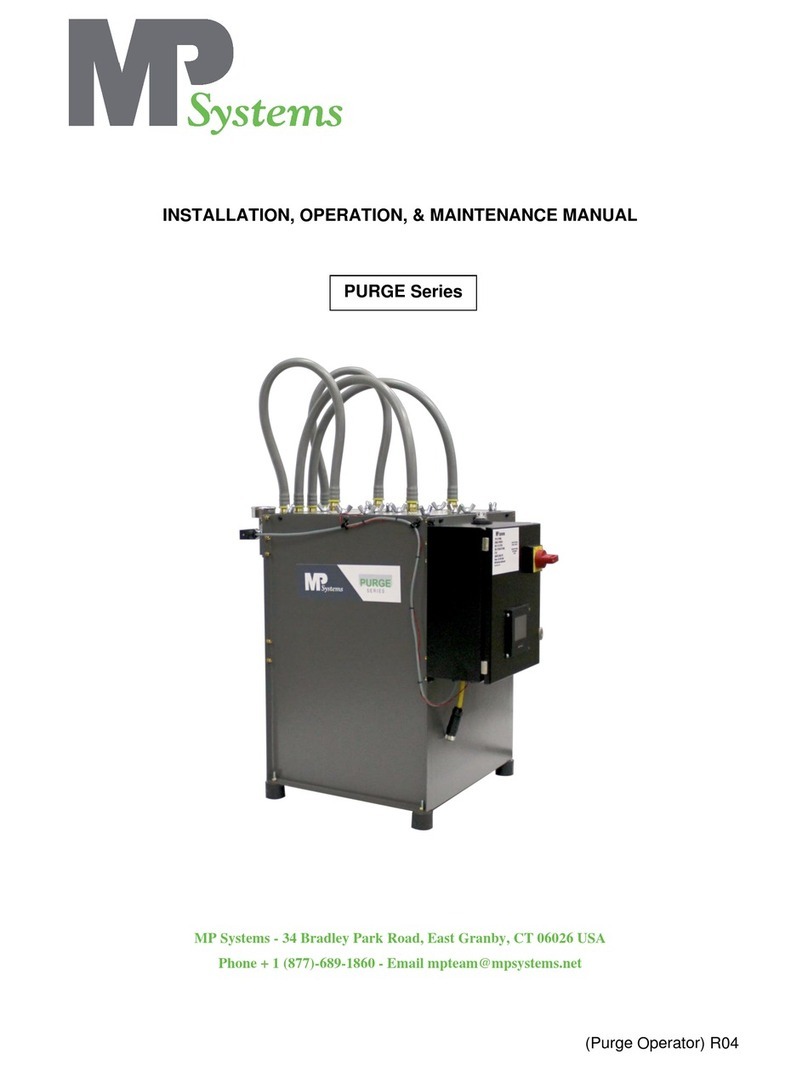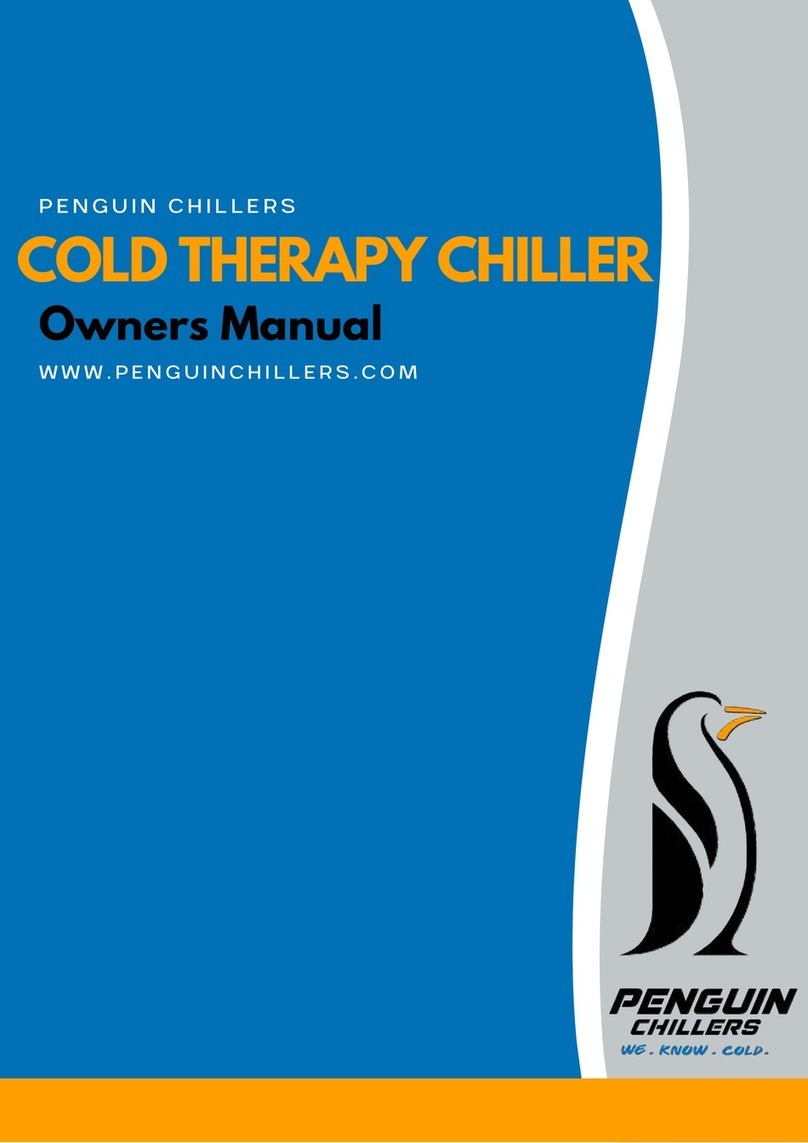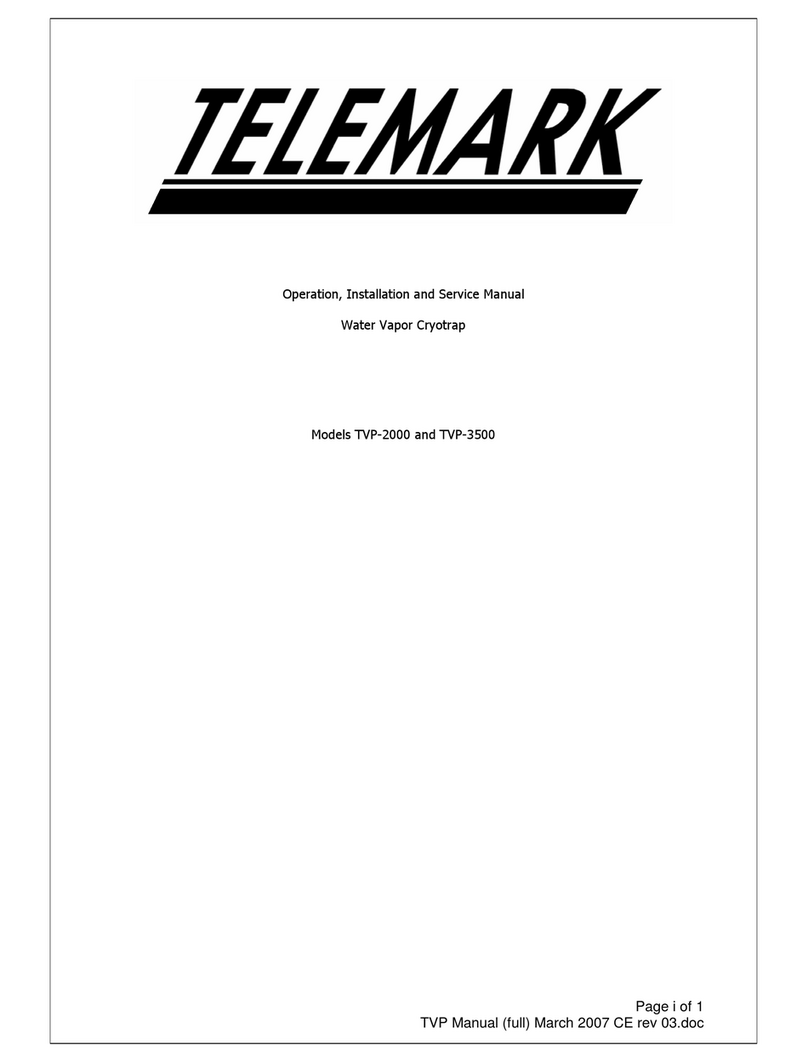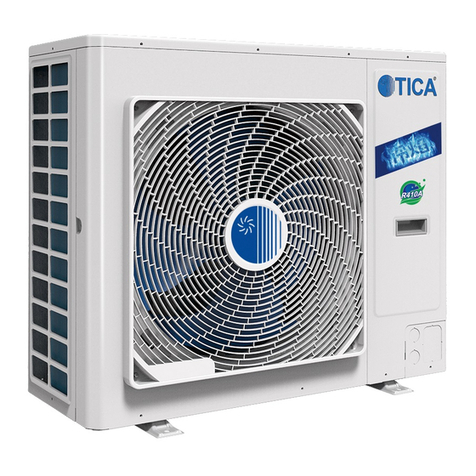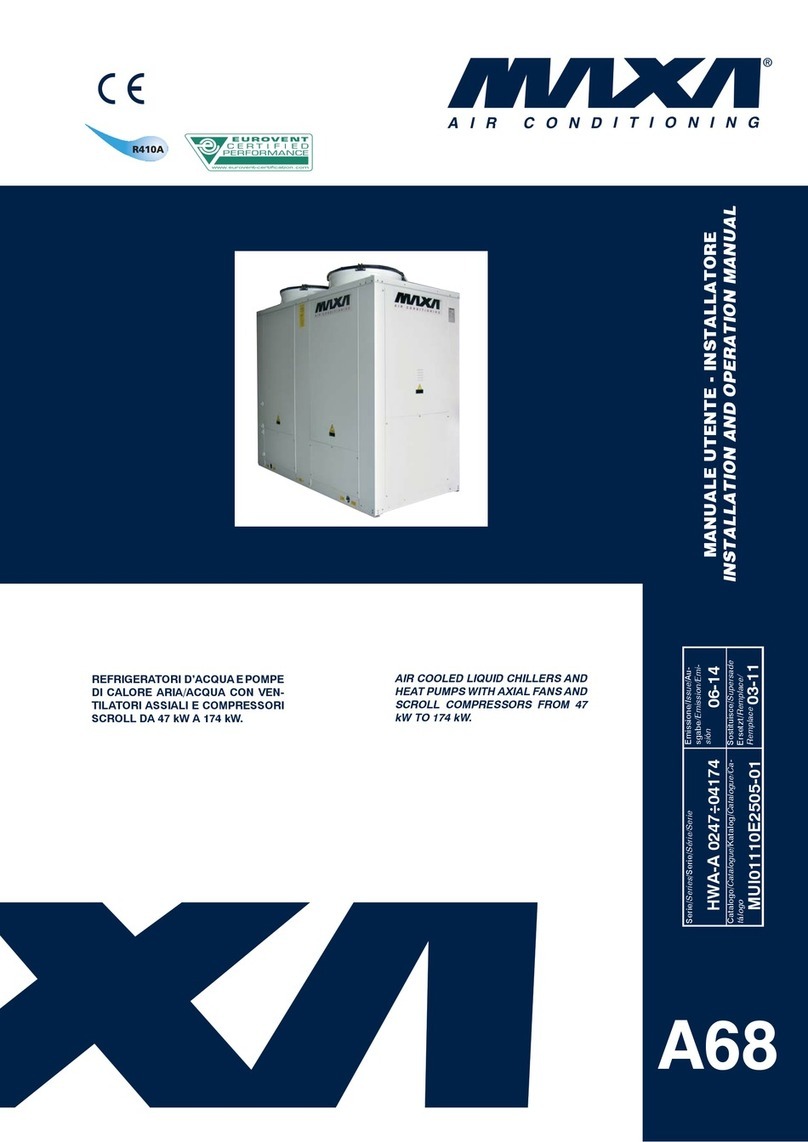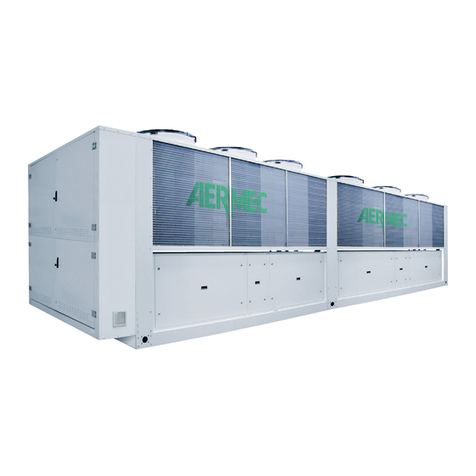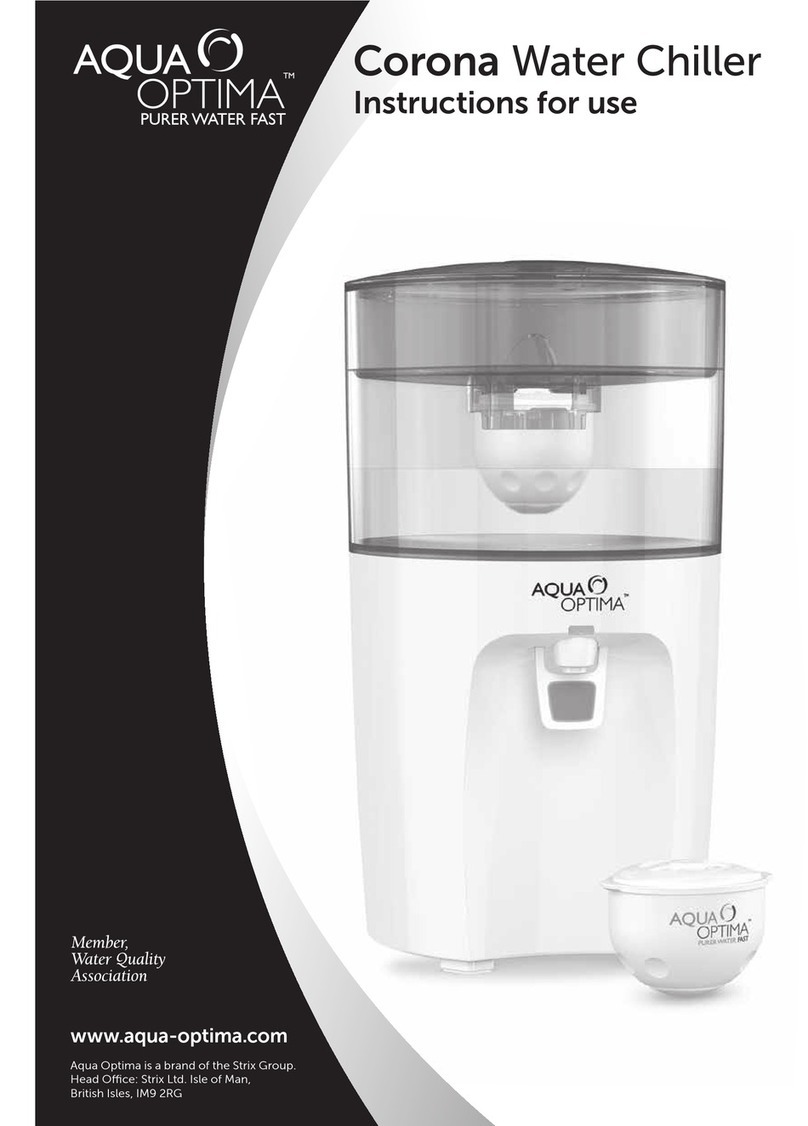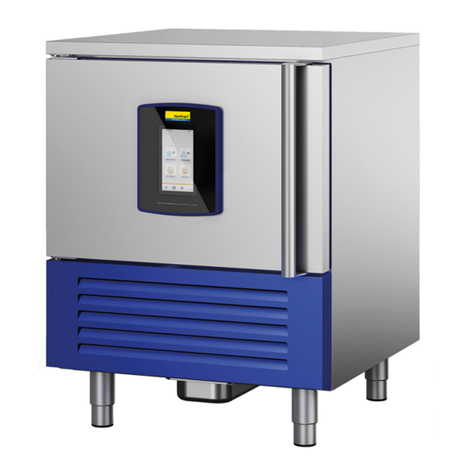
Installation and maintenance manual
H.I.B Hydac International Page 5 of 36
Version: G/DV
Date: 11.01.2023
6.3.2 Specification of coolant (for mixing water additive) and of external water
(optional)Specification of external water (optional) ..................................................................... 18
6.4 Heating Operation (optional) ............................................................................. 19
6.5 External Control (optional) ................................................................................ 19
7.0 Transport ..................................................................................................................... 19
7.1 Transport monitoring ......................................................................................... 21
(only for devices at risk of tipping over during transport) ............................................................ 21
8.0 Unpacking and handling ............................................................................................ 21
8.1 General information........................................................................................... 21
8.2 Technical Data and type plate .......................................................................... 22
9.0 Use and function......................................................................................................... 22
10.0 Installation / Startup ................................................................................................... 22
10.1 Installation ......................................................................................................... 22
10.2 Hydraulic connection......................................................................................... 23
10.3 Electrical connection ......................................................................................... 24
11.0 Start up and Operation ............................................................................................... 24
11.1 Preparation........................................................................................................ 24
11.2 Commissioning.................................................................................................. 25
11.3 Empty the tank (optional) .................................................................................. 27
12.0 Operation of the temperature controller (optional) ................................................. 27
13.0 Service and maintenance........................................................................................... 27
13.1 Inspection .......................................................................................................... 27
13.2 Maintenance schedule ...................................................................................... 27
13.3 Maintenance generally ...................................................................................... 29
13.4 Cleaning the metal air filter and condenser (optional) ...................................... 29
13.5 Cleaning the dirt trap - external water (optional)............................................... 31
13.6 Replacing the particle filter (optional)................................................................ 33
14.0 Guarantee terms and conditions............................................................................... 33
15.0 Shutdown of the unit .................................................................................................. 34
15.1 Emptying the PHE during shipping or storage below 0 ° C (optional) .............. 34
16.0 Repair and Troubleshooting...................................................................................... 34
17.0 For waste and recycling ............................................................................................. 35
18.0 Dismounting ................................................................................................................ 35
18.1 Electric connection ............................................................................................ 35
18.2 Scrapping .......................................................................................................... 35
18.3 Refrigerant (optional) ........................................................................................ 35
18.4 Coolant .............................................................................................................. 35
18.5 External water (optional) ................................................................................... 35
19.0 Operating faults and causes of faults....................................................................... 35
20.0 Annex ........................................................................................................................... 36
